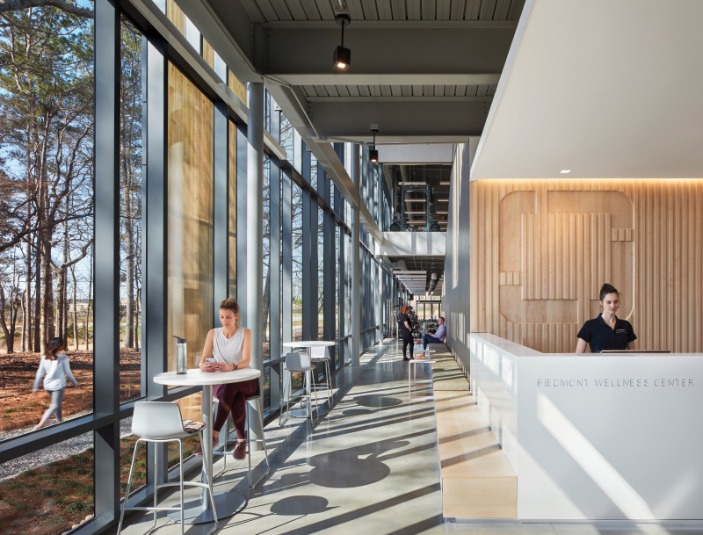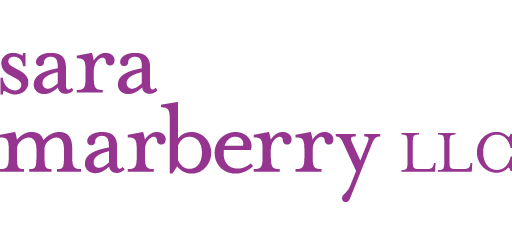
When Texas A&M Professor Leonard L. Berry asked me in February 2021 what topic I wanted to write about with him for an article in a special series titled “Shaping Tomorrow’s Healthcare Systems: Key Stakeholders’ Expectations and Experiences” in the Journal of Hospital Management and Health Policy (JHMHP), I didn’t hesitate.
“Healthy buildings,” I told him.
The world was still trying to get the Covid-19 pandemic under control back then. So, the significant role our buildings and communities play in keeping us healthy and safe was at the top of my mind.
It still is.
What is a Healthy Building?
Patients, as well as nurses, physicians, and other clinicians experience daily emotional and physical stress in healthcare settings. So the ways in which healthcare facilities are designed and operated, as well as the organizational polices that are put in place play a critical role in supporting the health and well-being of patients and staff.
But besides promoting the health and well-being of patients and staff, true healthy buildings also support the health and well-being of our planet.
Because, as the late great Robin Guenther once said, “We will not have healthy people on a sick planet.”
This synergistic relationship is still not widely understood. So we still have a lot of work to do.
What’s In the Article
Our article, “Advancing Human Health, Safety, and Well-Being with Healthy Buildings” was published in June 2022 in JHMHP, an international, open access, peer-reviewed online journal read by hospital and health system leaders worldwide.
We present the case for healthy buildings. Using case studies and published research, we explore their potential impact on key stakeholder’s experiences and expectations, including patient and staff health outcomes, staff satisfaction and productivity, and community engagement.
We also briefly outline the history of healthy buildings, whose origins come from Ancient Greece, Florence Nightingale, and the green and well building movements.
And we explain how evidence-based design fits into all this. It’s the process that architects and designers use to make well-researched decisions about the built environment — a key component in creating a healthy building.
Healthy Healthcare Buildings
In researching and writing this article, I realized that there are many hospitals and health systems that have adopted sustainable operating and design practices to reduce their impact on the planet. There are a handful of healthcare buildings/spaces that have achieved WELL Building certification, which focuses on occupant health. Some of the best examples we could find at the time are in our piece.
But there was (and still is to my knowledge) no one entire healthcare building or campus that’s been newly built with the specific intent to not harm people or the planet.
So who is going to be the first?
NYU Langone Health’s Manhattan main campus may already claim that distinction, but I’m not sure they have achieved healthy buildings campus-wide yet. Nor do they call them that.
Inspiration & Impact
It was our hope that this article would inspire leaders at hospitals and health systems to invest in creating healthy buildings and help the movement in healthcare gain traction. We even gave them some ideas of where to start.
The article could also be used by facility and design professionals to help convince healthcare leaders to make the commitment to healthy buildings.
In terms of measuring impact, I’m happy to report that our article has been elected as the 2024 high impact article of JHMHP based on its citations and page views. It has attracted significant attention with full text views reaching 4,746.
One setback for healthy buildings in the U.S. may be the current administration’s proposed rollback this week of the EPA’s 2009 Endangerment Finding—the legal cornerstone for all U.S. greenhouse gas regulation. There’s likely to be a lot of pushback on this, though, so it remains to be seen.
P.S. Please do me a favor — if you liked this post and like this blog, please share it with others by sending them the link or posting it on your LinkedIn, X, or Facebook. Also, don’t forget to subscribe, so you’ll get emails when new content is posted. Thanks!
If you like this post, please share.

What’s my story? I’m a healthcare and senior living design knowledge expert who writes and speaks frequently about trends and issues affecting these two industries. I’m also a strategic marketing consultant and content creator, working with companies and organizations who want to improve the quality of healthcare and senior living through the design of the physical environment. You can reach me at [email protected].


One Response
You may remember, Sara, my talk at the NYSID about healthy environments – it was a very radical notion, then….and – if i remember correctly, I gave out sets of earplugs to everyone, suggesting that sound pollution was a problem – – – way before its time.
AND, YES, we still need more focus on this topic, and have a very long way to go – – –